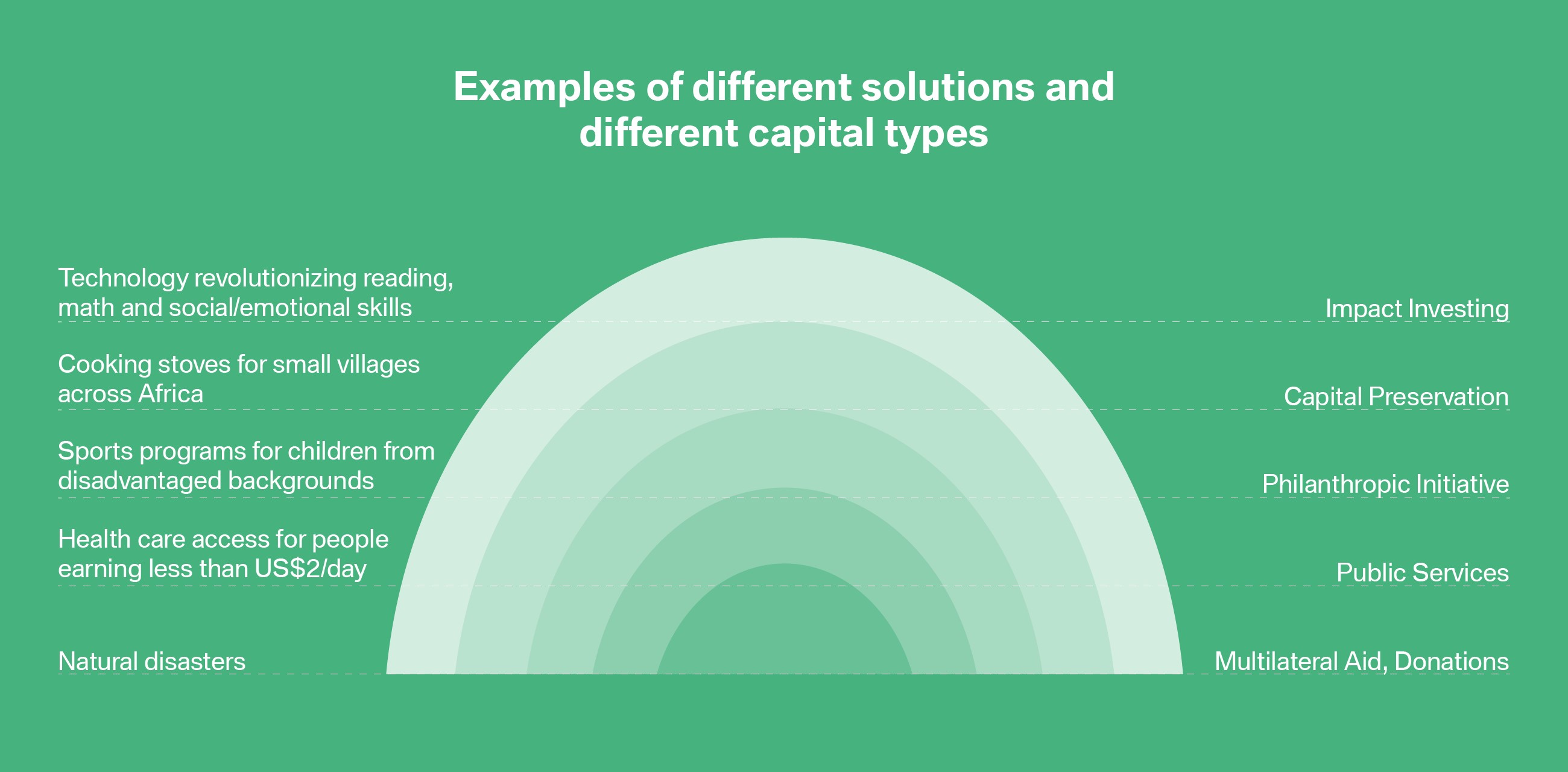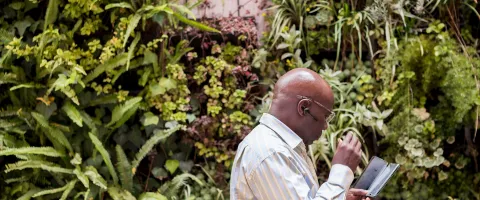This article originally appeared on TwentyThirty.
The term impact investing has become somewhat of a buzzword in the past years. Organizations and communities of investors have formed, foundations are applying its principles in their work, and impact businesses are being born everywhere. But what exactly is impact investing – and what is it not? Julia Profeta Johansson gives some insights.
In the past years, the business and social worlds have started to come together. On one side, social initiatives have understood the importance of strategy, business models, and sustainability, among other topics. On the other side, businesses have started to feel the need and seen the opportunity to consider social impact, targeting new potential clients, engaging better with the new generations and realizing that there has to be a common effort so that we do not destroy our world.
Back in the 1970s, a man called Muhammad Yunus created the first business that went against the traditional “business as usual” rules, by lending very small amounts of money to extremely poor women in Bangladesh. In 2006, he won the Nobel Peace Prize for this. What started with U$27, ignited several new ways of thinking and culminated with what we call nowadays the Impact Investing Industry, which, according to the Global Impact Investing Network (GIIN), now has more than U$110 billion in assets under management.
[recommended:8964]
Even though there might be different nuances and particularities within the industry, one main concept defines impact investing broadly:
Investments made into companies, organizations, and funds with the intention to generate social and environmental impact alongside a financial return.
That means it is a new way of doing business, a new way of looking at the global economy. And to follow this definition, a business or investor has to consider at least the following 3 topics:
- The business and/or investment have to have the INTENTIONALITY to generate both social and financial returns. If there is intentionality, there have to be KPIs and targets for both kinds of returns, not only for the financial side.
- The impact has to be generated by the CORE of the operations, and not be mere externalities or a program within the bigger picture that promotes some kind of CSR.
- It is an investment, NOT a philanthropic initiative. There have to be results and returns, at least you have to aim at them. As in any business, it might fail – and many will, just like in any other industry. The business model has to aim for sustainability and for profitability, otherwise it wouldn’t be classified as a business.
How are you going to take action to achieve a future where #impact is integrated into #investment decisions and financial markets are a force for good? Explore the actions you can take to make this vision a reality in the #GIINRoadmap: https://t.co/EwfjF5q62W
— GIIN (@theGIIN) April 20, 2018
These are the most fundamental points upon which the concept is sustained. From there on, very different value propositions can be found. For instance:
1. Returns: There are investments/businesses that aim for market returns, others seek below market return, and some seek close to capital preservation.
2. Type of business: Some businesses focus on the Base of the Social Pyramid, some focus on industry disruption and technology, some are scalable solutions, some generate deep transformations, and so on.
- Examples of Impact Businesses
-
Avante is a fintech startup that provides microcredit, payment solutions, and digital bank accounts to low-income microentrepreneurs in rural regions of Brazil. Within 4 years its valuation has increased by 14 times, serving more than 50.000 clients.
Aravind was established in 1976 to fight blindness in India by providing high-quality and affordable services in specialty clinics. By March 2017, 4.7 million patients were treated and over 463,124 surgeries and laser procedures were performed.
Semtive is a tech company focused on decentralizing energy generation. It developed a vertical axis wind turbine which operates at low wind speeds, is virtually noiseless, and can be easily installed in under an hour, anywhere.
3. Asset classes: There is not only direct private equity investment in early stage companies. Mechanisms and products have been structured across all asset classes in order to support different business models, stage of maturity, kind of players involved in particular solutions, and other needs.
Given that the field of impact investing is still considerably new, we tend to see more opportunities in early stage investment, such as in young companies that have been founded upon this new impact business concept. But there is definitely opportunity for larger companies and other initiatives (for instance, public-private partnerships) to rethink the way they do business and reshape their core operation and values in order to truly become impact businesses.
Last but not least, I would like to highlight that impact investing is no silver bullet and it doesn’t replace all the other initiatives targeting social and/or environmental issues. I like to think that we have different layers of needs with different layers of solutions, which complement each other (as shown in the illustration below).

Different layers of needs correspond with different types of solutions.
Impact investing can play the role of bringing more scale and sustainability into the resolution of social and environmental issues and give a fresh perspective to the development of our global society and economy, creating a more just and joyous world.
In Julia’s next piece about impact investing, read about why impact investing really makes sense.
Julia M. Profeta Johansson

Julia is an impact investing and venture capital specialist based in Berlin, Germany, since 2017. Julia was previously a partner at Vox Capital, the first impact investing fund manager in Brazil. Before that she also worked with Yunus Social Business, Rocket Internet, Itaú BBA, and Mundo InNova, a business innovation magazine.
[recommended:8237]
This article is presented in collaboration with TwentyThirty.
TwentyThirty is an online magazine presented by the BMW Foundation Herbert Quandt. It sheds light on the social, political, and environmental challenges we face and features inspiring Responsible Leaders who are working to solve them. Follow their work on Facebook.










